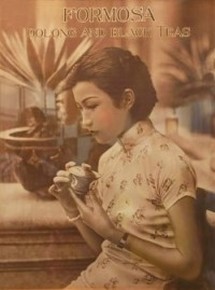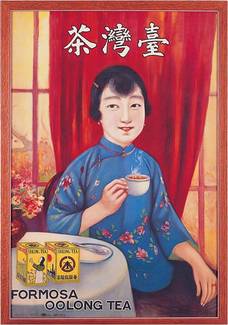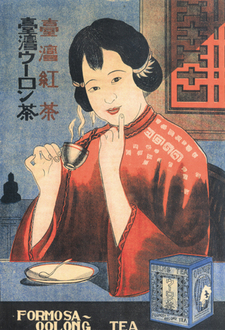|
History of Formosa Tea
Qing dynasty (1796-1895) Two wild, indigenous tea subspecies, Taiwan Mountain Tea and Red Sprout Mountain Tea, were discovered in Taiwan as early as the 17th century. However, they had little economic value and were not widely used due to their bitter taste and thin, brittle leaves. During the Qing dynasty, different tea varieties were imported from the Fujian area and cultivated in northern Taiwan. During his 1865 visit to observe Taiwan’s camphor industry, British merchant John Dodd discovered the Taiwanese tea market. The tea he exported to New York became a surprise hit, making Taiwanese tea famous internationally and attracting other exporters to Taiwan. Thus began the prosperity of Taiwan’s tea industry and its role as a major industry in northern Taiwan. Japanese Colonial Period (1895-1945) During their occupation of Taiwan, the Japanese expanded Taiwanese tea farms and encouraged the cultivation of local varieties including the four main varieties: Qingxin Oolong (green-hearted oolong), Qingxin Damo, Daye Oolong (big-leaf oolong), Ying Zhi Hongxin (“hard-stemmed red-hearted”). In addition, a tea research institute was established to advance the cultivation and production of black tea. In 1926, the Japanese introduced the Assam variety to Taiwan and experimented with its cultivation in Yuchih Township, Nantou County. The successful results gave birth to the now renowned specialty tea of Sun Moon Lake. Retrocession to the Present (After 1945) In the 1980s, the tea-drinking population and tea consumption rose sharply in Taiwan as its economy advanced. Coupled with the active promotion of tea culture, consumers began to place more emphasis on the art of tea and became selective about its quality. Consequently, the tea industry in Taiwan shifted its focus from export to internal consumption. In recent years, bottled tea drinks and “bubble tea” shops have gained wide popularity, new tea products have been brought in from other countries, and convenient tea bags and related products are booming due to market demand. The Taiwanese tea culture is become more and more specialized and refined. Reference : Ministry of Foreign Affairs, Republic of China (Taiwan) |




